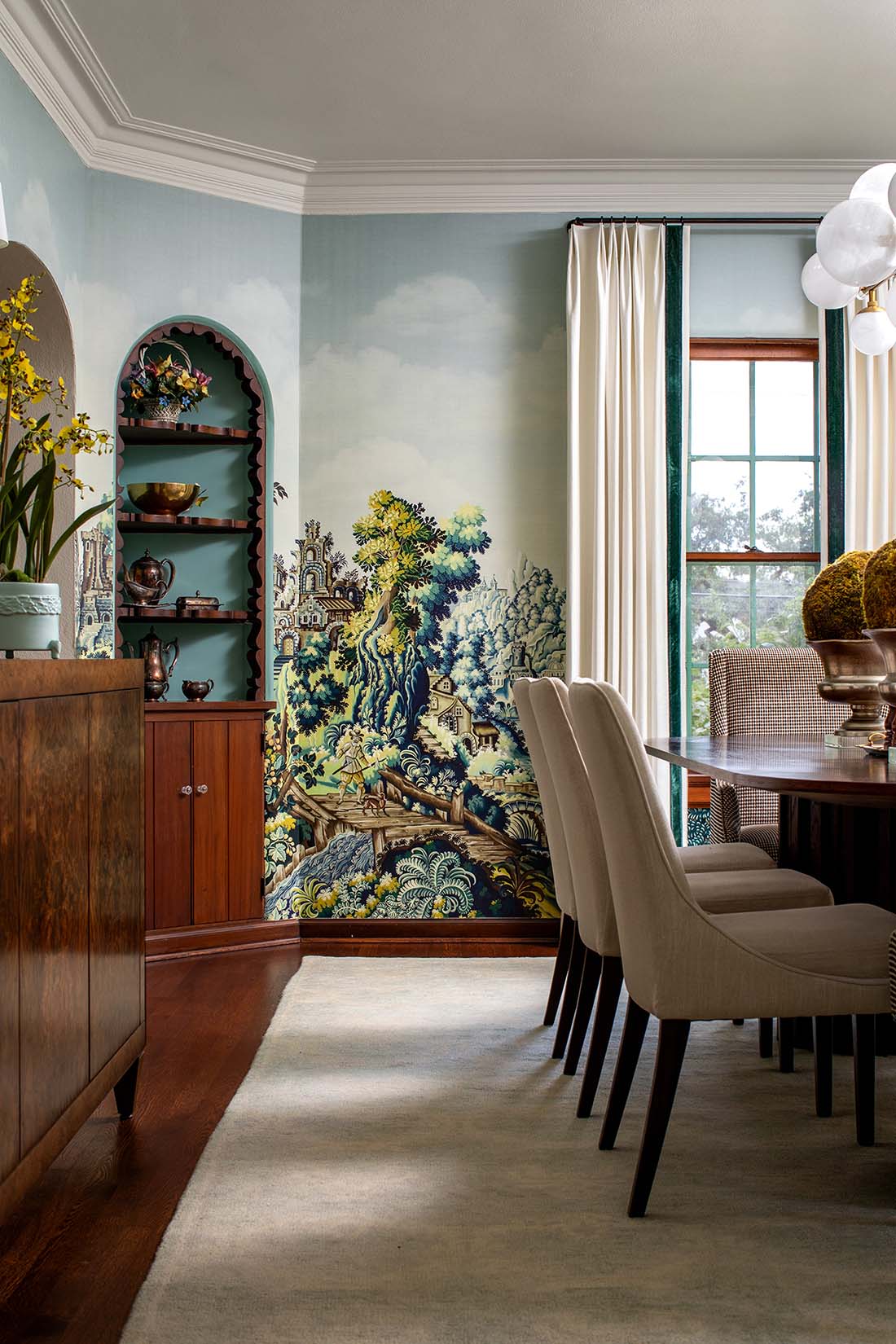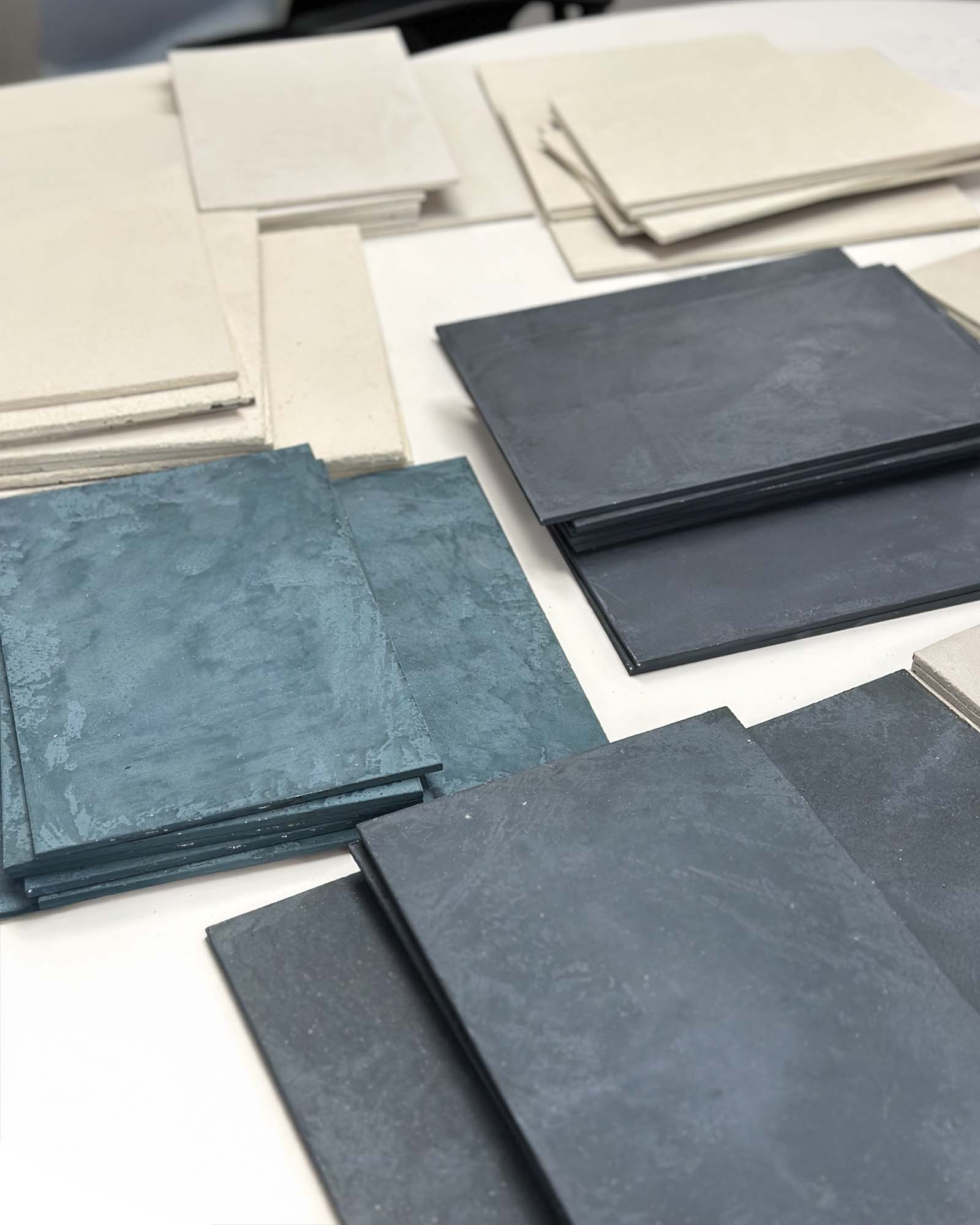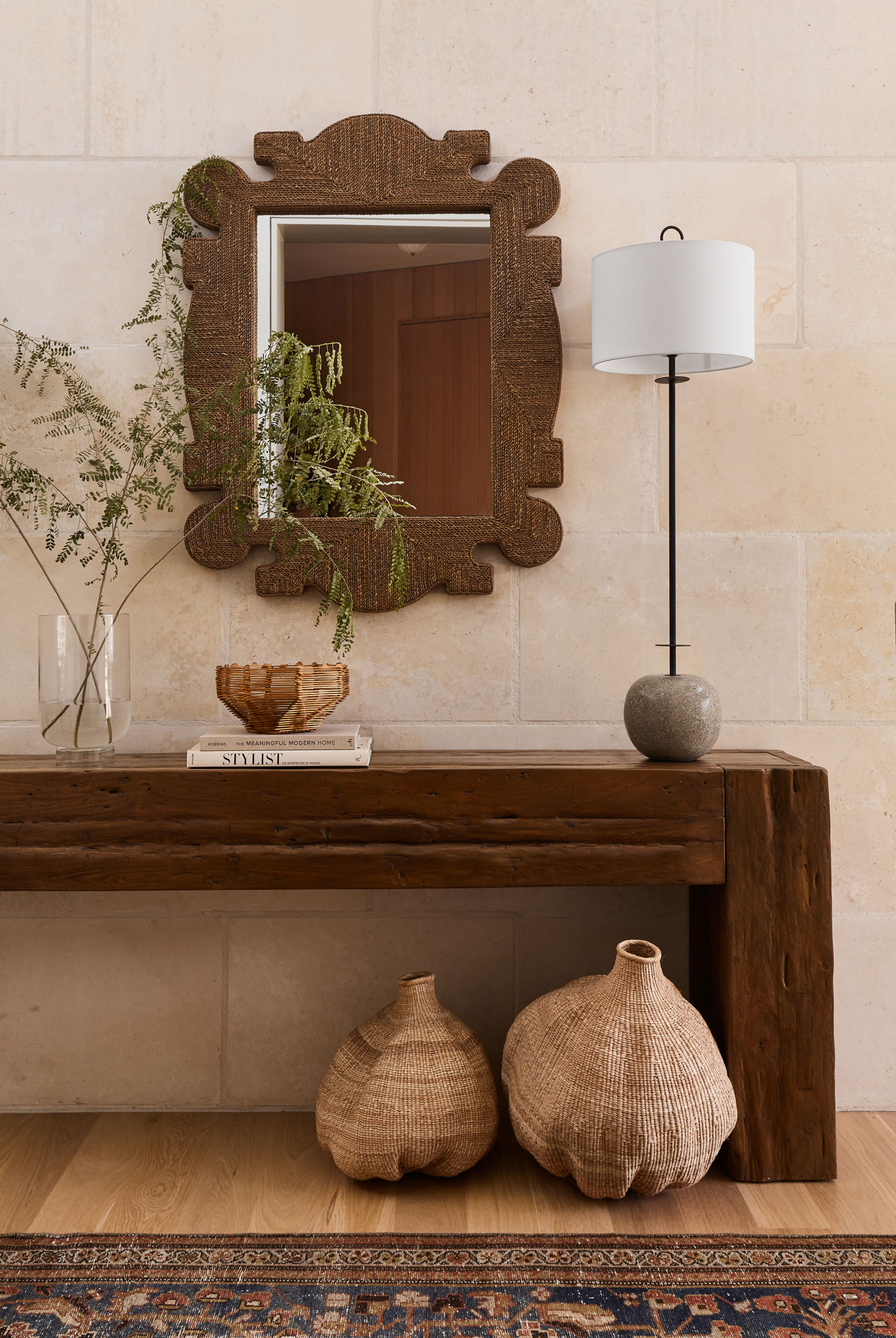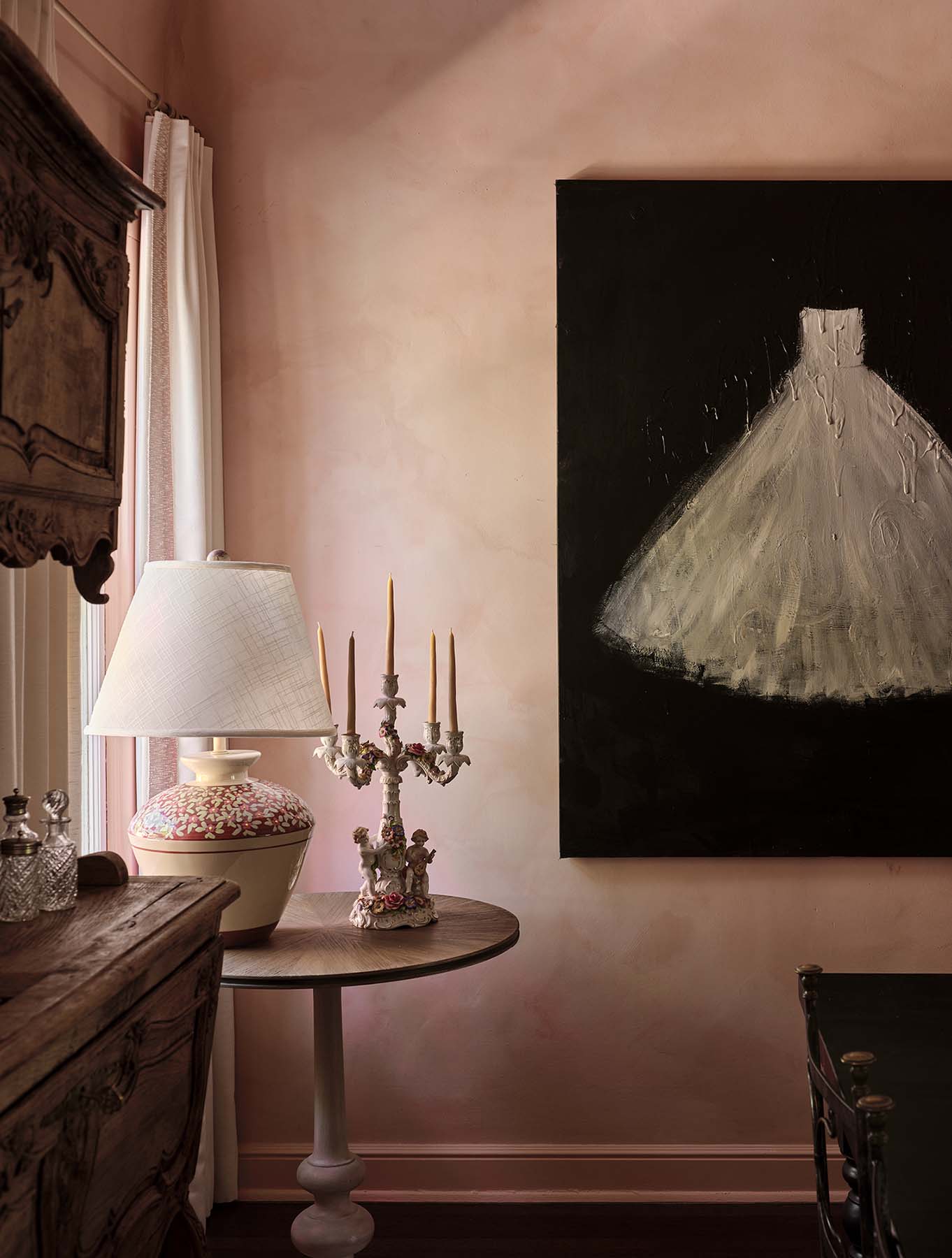An excited homeowner has just moved into her house, unpacked everything, and is opening the door for the color consultant to come in and work her magic. As a color consultant, I know exactly what the homeowner is probably thinking…
She is thrilled to be moved in, but NOT with some of the home’s existing finishes. The house was within budget, in a great neighborhood with top-notch schools. But it has hideous granite countertops, an outdated kitchen backsplash, and tile flooring throughout the main living areas in a dark beige tone that is almost a pale peach (ugh). The homeowner wants “light and bright”. And did I mention the budget only allows for painting, but not for replacing the tile backsplash or granite counters? Rats.


But paint can’t do everything. Unless you’re going to do a full HGTV-style remodel, your choice of paint color will have some pre-existing limitations right from the beginning. Here’s where color consultants (and interior designers) have to walk a fine line between giving the homeowner what they want, and giving them a color that actually works in the space. Ideally, those two goals coincide.
So, here are the six things that a color consultant will want her client to understand, to help them know how to avoid paint color mistakes and give them a home they’ll love.
1. You need to take your home’s “hard finishes” into account.

If you google “color consultant”, you’ll see a lot of stuff online about how they select a full color palette based on the client’s favorite color and maybe some item of inspiration like a piece of fabric, but this is not at all how most paint color consultants function – and is very unhelpful advice.
If your home is empty or you’re about to undergo a full “gut job” remodel, then you have a blank slate and it’s possible to pick whatever colors your heart desires (within reason . . . and you really should hire an interior designer for that level of full design).
But usually a paint color consultant takes the existing home, and tells you what colors work in that space. We don’t pull colors out of the air for a theoretical future home design, we find the colors that work with what you have here and how.

Case in point: the third video on our “Color Lessons” page, called “Updating a Yellow Tuscan Interior”, illustrates this. The homeowner wanted us to help pick a gray wall color, but that just wasn’t going to work with their stone floors.
The hard finishes of this lovely kitchen below posed a similar challenge. Before, the walls were a butter yellow and the cabinets a garish green.


The new, off-white paint color on the walls and ceiling goes beautifully with the stone floors, countertops, detailing on the range hood, even the sinks, but it’s not the bright white you might think. It works because it has just a hint of warmth to it, to coordinate with the warm elements in the room. A brighter white would’ve looked too stark, almost like a blue-white sheet of paper, against the existing hard finishes in this kitchen.
Sometimes, your “hard finishes” might be your wallpaper, especially if you’re choosing a coordinating color for any adjoining woodwork.

Don’t despair if you hate your flooring or counters or backsplash! A good color consultant or interior designer can help you find a paint color that will minimize their ghastliness and get you 90% of the look you want. Then later, as time and budget allows, you can update the hard finishes as well.
2. There is no “perfect” color.
Please don’t stress yourself out by thinking there’s just one perfect color out there that will suit your space.
Most color consultants follow a process of elimination during your consultation. They’ll evaluate a whole bunch of colors based on your vision (“a nice soft taupe or mushroom cabinet color that goes with the travertine floors”). Then they’ll narrow down the possibilities to the specific selections that work in your own space. These remaining contenders will all be good options and will coordinate well with your existing finishes (otherwise they would have been eliminated). So then, the final choice comes down to plain old personal preference. Designers and color consultants know how to avoid paint color mistakes, and won’t let you end up with something awful.

And there are many ways to get the look someone wants. Perhaps a powder blue is perfect for a space, but a warmer cornflower blue would have looked just as lovely, or a beige, or a warm gray.
3. Color can’t work magic. (Neither can your color consultant.)
The rational side of your brain knows this already, but hope springs eternal.
Yes, a paint color will help your home look updated, more harmonious, possibly even more spacious, more “light and bright”.
But it won’t fix your awkward floor plan or flood your narrow room with light. Only moving the walls or adding new windows will do that.

It also won’t magically make your “Texas Tuscan” outdated kitchen look “modern luxe”. That takes paint, plus new counters, new backsplash, new lighting, new cabinet hardware, possibly even new appliances. Just painting the walls in a new color will go far, but it won’t work magic.
4. Don’t rely on inspiration photos for actual colors.
Many of those magical transformations you’ll see on Instagram are the result not only of new paint (which we really do believe in), but also in the “after” photos being edited or photoshopped to look much lighter and brighter. Nothing wrong with that, it shows the new space to its best advantage, but it can alter your perception of the colors used by the designer or homeowner. We see this so often, we wrote a whole post about why photos can be misleading when you’re picking paint color.
Plus, colors can look different on different walls within the same space. The wall color above the cerused wall paneling is the same in both of these photos below, but if you had just seen one of these on Instagram and used it as a reference, you might not get the look you wanted.


Use Instagram, Houzz, and Pinterest for inspiration only, not as a color specification manual. Only someone who is either a) in your actual home, or b) trained in how to do e-design, using photos you provide them, can help you select color accurately based on online photos.
5. Lighting changes how colors appear in your space.
This is another one of those things that seems self-evident, but can really throw you for a loop if you’re not careful.
Color will appear different depending on how much light hits it, and on the “temperature” of that light. And different lighting sources (incandescent, fluorescent, halogen, daylight) have different color temperatures, on the warm-vs.-cool scale.
If you have a room with lots of south-facing windows, that natural light will make a color look very different from the same color in a north-facing room that usually has the incandescent lamps turned on. A color will look different in different homes (which is why you can’t just copy your neighbor’s color), in different rooms, and even on different walls in the same room (because light from the windows will hit the walls differently). It’s our job to help you find a color that works well in the particular space you’re evaluating.
Here’s an excellent example of how light can change color perception, even in the same room:

Compare the black cabinets on the back wall, where the cooktop and backsplash are, to the cabinets on the kitchen island. Those cabinets are all the same color! But the strong light from the windows at right (off camera) make the side of the island look way bluer, since daylight has a bluish cast to it. Normally, a photographer would edit the island color to match what it “should” look like in reality (more black, less blue), but this was an unedited iPhone snapshot I took during the photo shoot, perfect for illustration purposes.
During your consultation, the consultant will probably hold up large color boards on different walls to see how they look throughout the room. What if you love the sample color on one wall but hate it on another? Or what if you love the sample color during daylight but not at all when the lamps go on at night? You’ll have to pick based on whichever matters most. If you primarily use a room during the day (the kitchen, maybe), choose your color based on that. Then if the perfect daytime color looks a little muddy at night, you’ll know you picked the color based on the higher priority (daytime).
Very few colors look “perfect” from all angles, under all lighting conditions. In my own home, I tested several samples to arrive at a soft warm gray I love. We painted all the walls and ceilings, and it looks fantastic against the dark hardwood floors and extensive white woodwork throughout the house. But on the ceilings, that lovely soft gray looks beige – and I’m not a beige fan. I’m okay with that. I’m not normally looking at the ceilings anyway, or when I do, it’s to notice the cool light fixture, not the ceiling color. The walls are far more important than the ceilings, and I selected color accordingly.
And finally . . .
6. Trends have a shelf life.
Nationally-known color consultant Maria Killam (from whom our own color consultants got their training) talks about this extensively on her blog. In interior design, most color trends last ten to fifteen years, maybe twenty. This means that your “forever home” may not be in style ten or twenty years from now.
You need to consider where your tolerance for change lies. If you’re picking the trendy neutral of the day for your home, then know that either you’ll pay to paint it all again in fifteen years, or you’ll have to accept keeping a home that’s outdated, no matter what your friends and neighbors are doing. Or . . . you select a color more likely to stand the test of time – even if it isn’t all over Instagram right now. Beige cabinets were in twenty years, then they were very much out, and now they’re in again. When in doubt, go for timelessness.

To recap:
6 Truths your Color Consultant Wants You to Know:
- Take your home’s hard finishes (counters, flooring, tile) into account.
- There is no “perfect” color.
- Color can’t work magic.
- Don’t rely on inspiration photos alone.
- Lighting changes how colors appear in your space.
- Trends have a shelf life.
Want some help with the whole color selection process? Rely on the experts. Listen to the design professionals in your life. After all, your color consultant or interior designer wants your home to look fresh and beautiful just as much as you do!







